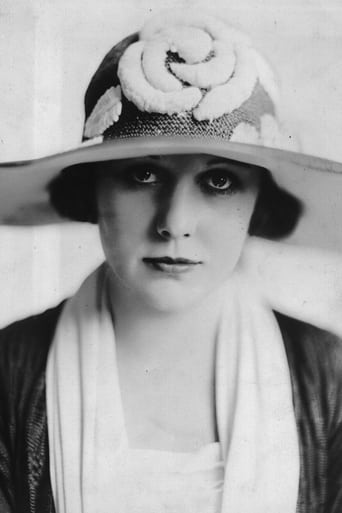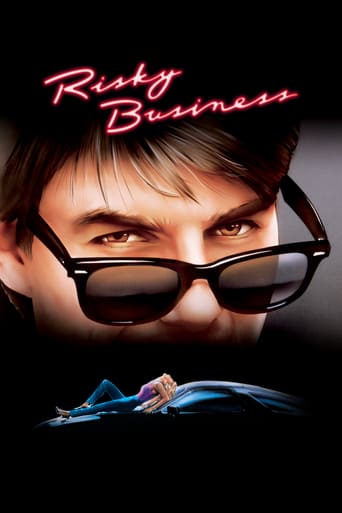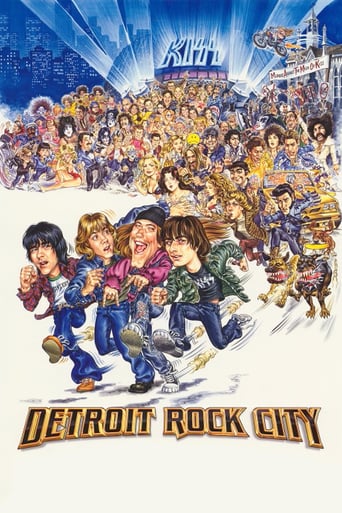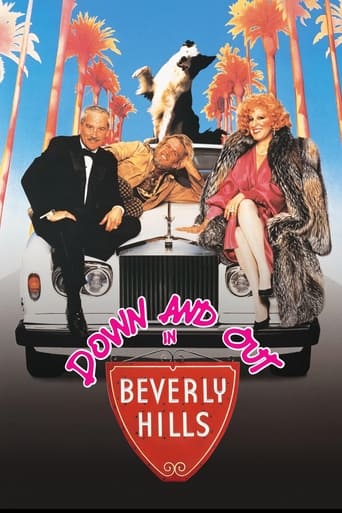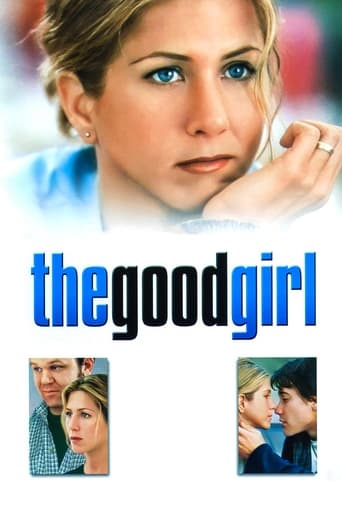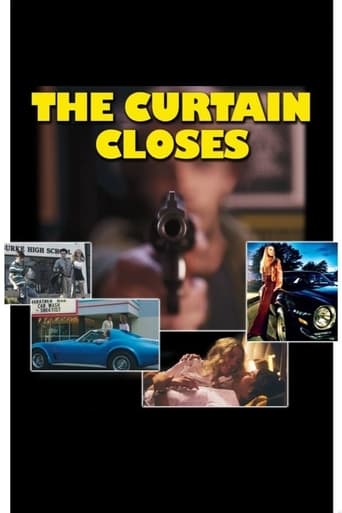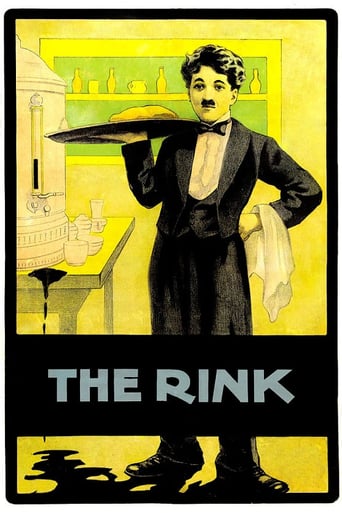
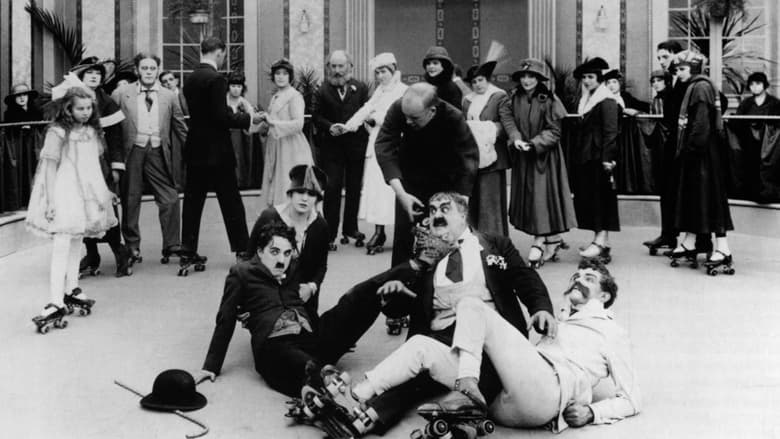
The Rink (1916)
After amusements working in a restaurant, Charlie uses his lunch break to go roller skating.
Watch Trailer
Cast


Similar titles
Reviews
Chaplin was almost always amusing but it occurred to me while watching this story of a waiter who woos a girl at a skating rink that in his earlier films he was more often the perp than the vic.This was released in 1916 and Chaplin is a rude waiter who humiliates guests and steals money. If a stranger happens to be bending over and fastening a lady's roller skate, Chaplin can't help giving him a swift kick in the pants when he passes by. There's nothing here about "the little people." If the tramp is little, it's because that's his most comfortable social niche.Ten years later, in "The Gold Rush," Chaplin had introduced humanity into his character, an innocent who is more sinned against than sinning.Ten years after "The Gold Rush", he was sending social messages about worker alienation. (That's what happens when your work permits you to take no pride in having done it well. Anyone up for McDonald's Chicken Nuggets?) But in movies like "Modern Times," the milieu is only a peg from which to hang gags that are more hilarious than ever. And movies about poverty in 1936 were hardly uncommon anyway.The gags here are sometimes spectacular, and always speedy. The tramp could certainly skate well.
Charlie is a waiter who goes roller skating during his lunch break.Then later he is invited to a party at Edna's, known now as Sir Cecil Seltzer.Chaplin's The Rink from 1916 is his eight film for Mutual Films.We see here Charlie showing his rolling skating skills.Edna is his love interest.James T. Kelley is her father.Eric Campbell plays Mr. Stout, Edna's admirer.Henry Bergmann is Mrs. Stout and Angry Diner.Lloyd Bacon is Guest.It's really funny to see Charlie doing his moves in the rink, and making other skaters fall down.And his waiting techniques are something never seen before.Charles Chaplin was a buffoon one of his kind.
We all know about Charlie Chaplin's wit, precision and recklessness when it came to tumbles and pratfalls, but who knows about his delicate grace and balletic poise? The Rink is the earliest of his pictures where he really gets to demonstrate this side to his talent, as he whirls effortlessly across the room with elegance as well as skill.Does this display of dexterity conflict with the character of crude and clumsy tramp? You would think so, but it doesn't. True, Charlie's function in his own pictures is to spread mayhem wherever he goes, and now that the character was familiar this premise needed no explanation. The Rink contains some fine examples of how Chaplin makes himself the chaotic centre of attention without actually hogging the foreground. In the early scenes when he is waiting tables he often appears bustling about in the background, but we recognise him from his exaggerated comical style of movement, and everything is arranged and timed so that we focus on the trail of destruction he leaves behind him. And yet Charlie himself is immune to all this. He dances through the world leaving others stumbling or egg-spattered in his wake without getting so much as a scratch on himself – except when the big-time pratfall is required, which will always be spectacular. Looked at this way, it may not make logical sense for him to be an ace on skates, but it does fit in with the general style of his comic persona.But it isn't all about Charlie, and one of the best things about his Mutual pictures is the time he took to showcase his regular co-stars. In The Rink we have the mighty Eric Campbell, looking decidedly ridiculous with his massive body rolling around on skates. We also get the odd sight of Campbell having a go at "flirting", although I should remind readers that popping your cheek doesn't do it for most women these days. This is probably the most prominent role in a Chaplin film for James T. Kelley, who does a good job as a rather silly father-in-law type. John Rand, perhaps the longest-suffering butt of Charlie's antagonistic streak, gets a few more comical comeuppances. And we also have relative newcomer Henry Bergman doing a superb dame act, looking very convincing but still making the most of the rotund ungainliness that was Bergman's speciality.And of course, there is Edna Purviance. Edna had been given disappointingly small parts in the Mutual films (with the exception of The Vagabond) as Chaplin concentrated more on prop gags and winding up Eric Campbell than on romantic angles. Here that trend is reversed and she gets a proper role in the story that prefigures the fully-fledged romantic comedies that would eventually become Chaplin's masterpieces. She is introduced in the first scene with a memorable close-up, demonstrating that her character is important, and Chaplin makes the effort to give her some significance to the story, as oppose to simply having her float around as the obligatory heroine. It's nice to see Ms Purviance back in the limelight, to see her naturalistic charm and acting talents. Chaplin really needed someone like her to complement that sense of grace and beauty that his pictures were beginning to acquire.But let us not forget the all-important statistic – Number of kicks up the arse: 4 (2 for, 2 against)
A well made comedy from Charlie Chaplin has some very good moments. Yet, I can't say I'm a big fan of the grotesque-type supporting players or Chaplin's jerky, knock-around body language. This film works best as a record of the period, but as a piece of entertainment, it's also not too bad.



